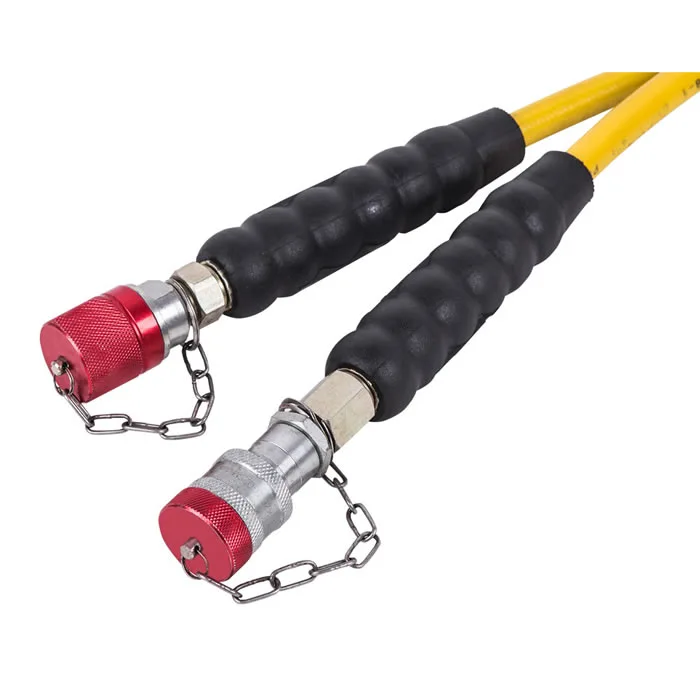How to Install Barbed Hose Fittings
Barbed Hose Fittings are essential components in many plumbing and irrigation systems. They ensure a secure connection between hoses and other plumbing elements. Proper installation is crucial to prevent leaks and maintain system efficiency. This guide will walk you through the process of installing Barbed Hose Fittings.
Tools and Materials Needed
Barbed hose fittings
Hose clamps
Utility knife or hose cutter
Heat source (hot water, heat gun, or hairdryer)
Lubricant (optional, such as dish soap or silicone spray)
Step-by-Step Installation Guide
1. Select the Right Fittings and Hose
Ensure the barbed fittings and hose are compatible. The hose's inner diameter should match the outer diameter of the barbed fitting for a snug fit.
2. Cut the Hose to the Desired Length
Use a utility knife or hose cutter to cut the hose to the required length. Ensure the cut is clean and straight to avoid issues with sealing.
3. Prepare the Hose
Soften the hose end by using a heat source. You can submerge the hose end in hot water for a few minutes or use a heat gun or hairdryer. This makes the hose more pliable and easier to work with.
4. Apply Lubricant (Optional)
To make it easier to slide the hose onto the barbed fitting, apply a small amount of lubricant to the barbed end of the fitting. Common lubricants include dish soap or silicone spray.
5. Insert the Barbed Fitting
Firmly push the barbed fitting into the hose. Ensure the hose covers all the barbs on the fitting. You may need to twist the hose slightly to help it slide on.
6. Secure with Hose Clamps
Once the fitting is in place, secure the connection with a hose clamp. Position the clamp over the barbs and tighten it using a screwdriver or a wrench. Make sure the clamp is tight enough to prevent leaks but not so tight that it damages the hose.
7. Check for Leaks
After installation, check the connection for leaks. Run water through the hose and inspect the connection points. If you notice any leaks, tighten the hose clamp further.
*Tips for a Successful Installation
Use Quality Materials: Ensure you use high-quality hoses and fittings to prevent premature wear and leaks.
Avoid Over-Tightening: Over-tightening the hose clamp can damage the hose, leading to potential leaks.
Regular maintenance: Periodically check the hose fittings and clamps for signs of wear or loosening and tighten or replace as necessary.
Conclusion
Installing barbed hose fittings is a straightforward process that can be completed with basic tools and materials. By following these steps, you can ensure a secure and leak-free connection in your plumbing or irrigation system.
Why Choose SAIVS™ as Your Supplier?
With 20 years of industry experience, SAIVS is a leading Chinese manufacturer of high-quality tools, offering competitive pricing and excellent customer service.We pride ourselves on exceptional quality control, extensive experience, and comprehensive after-sales service.
